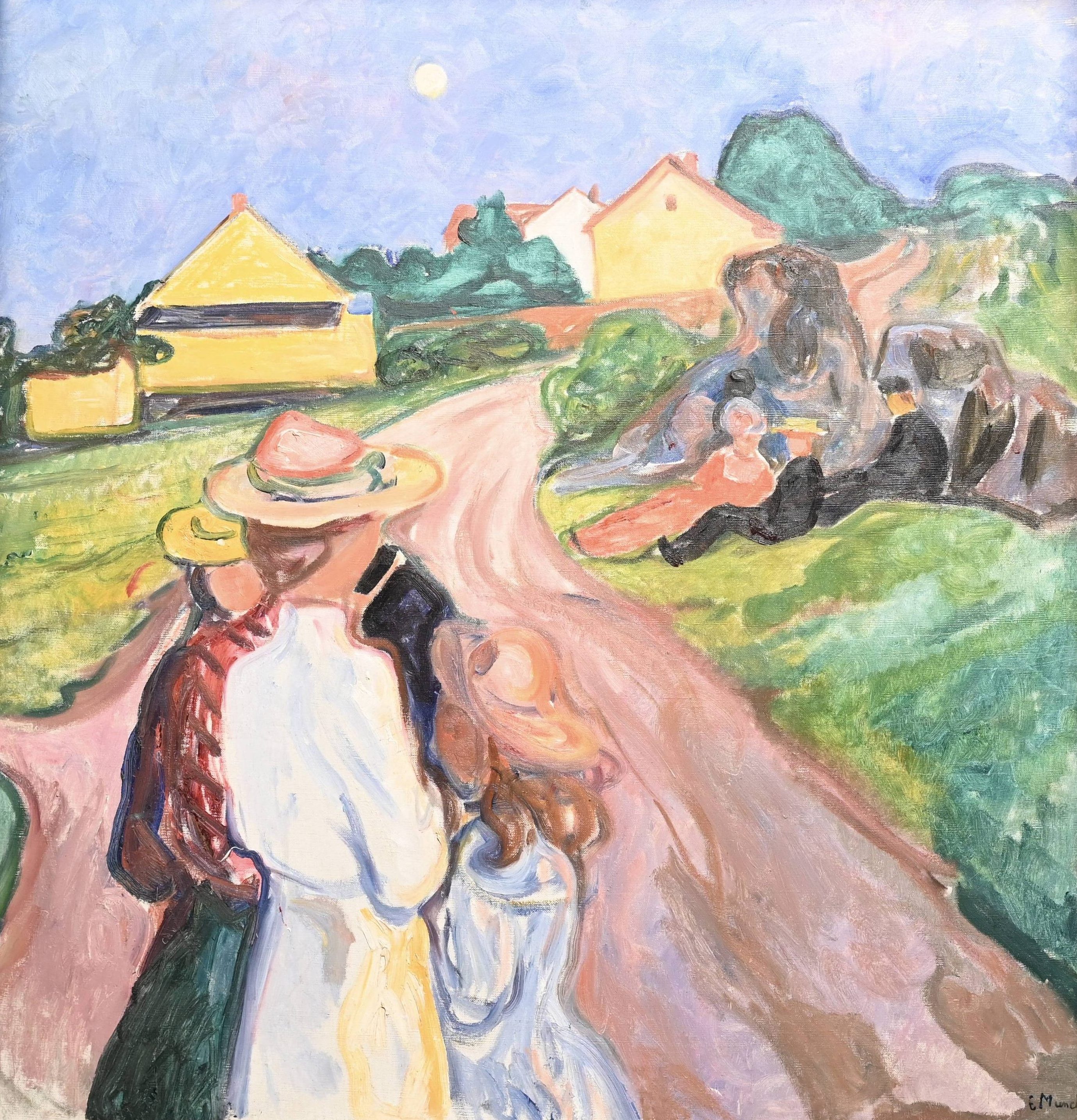The Lauder Collection at Sotheby’s: Where Beauty Becomes the Measure of Civilization

There are collectors who acquire, and then there are those who believe. Leonard Lauder was among the rare few who treated collecting as both a vocation and vow. His devotion was not to ownership, but to preservation—to the invisible covenant between humanity and beauty. He believed that within the curve of a brushstroke or the glint of a gilded edge lay proof of civilization’s higher purpose. Every acquisition was an act of faith, a defense of aesthetic truth against the erosion of time.
The forthcoming sale of the Leonard Lauder Collection at Sotheby’s this fall, valued at more than $400 million, is not merely a market event. It is a moment of cultural renewal—a reminder that art, chosen with heart and precision, transcends fashion and finance alike.
Lauder’s trove of 55 masterworks bears the mark of a man who saw collecting as dialogue rather than display. At its center gleams Gustav Klimt’s Portrait of Elisabeth Lederer (1914–1916), a hypnotic synthesis of desire, intellect, and transcendence. Klimt painted as if illuminating consciousness itself; his portraits shimmer with the tension between mind and ornament, sensuality and restraint. The painting — expected to fetch over $150 million — is one of the last full-length Klimt portraits remaining in private hands, a fragment of Vienna’s golden twilight resurrected for a modern audience.
Alongside it stands Henri Matisse, the eternal optimist of form. His six bronzes, valued collectively at $30 million, radiate vitality—the sculpted equivalent of jazz. Matisse translated the visible world into rhythm, transforming sight into sensation. His palette and line were language, his art, a declaration that joy, too, has depth.
Edvard Munch’s Midsummer Night’s Eve (circa 1901–1903) embodies the opposite pole of human experience — haunting, restless, eternal. Munch rendered emotion as atmosphere, collapsing the boundary between figure and feeling. His canvas hums with solitude, its muted palette dissolving into the psychological chiaroscuro that defined modern life.
Then, like a breath of equilibrium, comes Agnes Martin’s The Garden (1964). Her serene geometry and whispered tonal fields distill being to its essence. Martin sought transcendence through order, serenity through discipline; her oil and graphite lines create a stillness that vibrates with invisible energy. This work carries the highest auction estimate ever assigned to one of her paintings — over $10 million — a testament to her enduring relevance in an age hungry for calm.
Together, these artists chart the evolution of human sensibility: Klimt’s gilded ecstasies, Matisse’s chromatic liberation, Munch’s existential tremors, and Martin’s ascetic purity. Each represents a different argument for why art matters, and Lauder—ever the visionary—saw their kinship across time.
As trustee, president, and chairman of the Whitney Museum of American Art, Lauder spent decades nurturing both the institution and its ideals. His gift of nearly 50 Jasper Johns works and his $131 million donation cemented him as one of the great cultural benefactors of the 20th century. The decision to stage his collection’s sale in Sotheby’s new home—the former Whitney Breuer building—is not coincidence. It is symmetry. The architecture that once housed America’s artistic conscience will now host its most eloquent testament to legacy.
The timing is prophetic. In a global climate of financial caution and creative fatigue, the Lauder Collection offers the art world something rare: confidence rooted in meaning. Where markets fluctuate, masterpieces endure. They remind collectors and investors alike that true value lies in substance, not spectacle.
Leonard Lauder’s gift to posterity was discernment. His legacy affirms that the pursuit of beauty — whether born of emotion, memory, or intellect—is the last noble act in an age of distraction. This sale is more than the redistribution of treasures; it is the reaffirmation of belief itself.
When the gavel falls this November, the sound will be more than commerce. It will be a ceremony—the reaffirmation of art as civilization’s pulse, wealth’s conscience, and humanity’s greatest inheritance.
The Leonard Lauder Collection at Sotheby’s will be available for public viewing at the former Whitney Breuer building at 945 Madison Avenue, beginning November 8, from 10 a.m. to 5 p.m. The Collector Evening Auction will be held on November 18, beginning at 6 p.m., followed by a daytime auction on November 19 at 10 a.m. Visit sothebys.com for bidding information.









